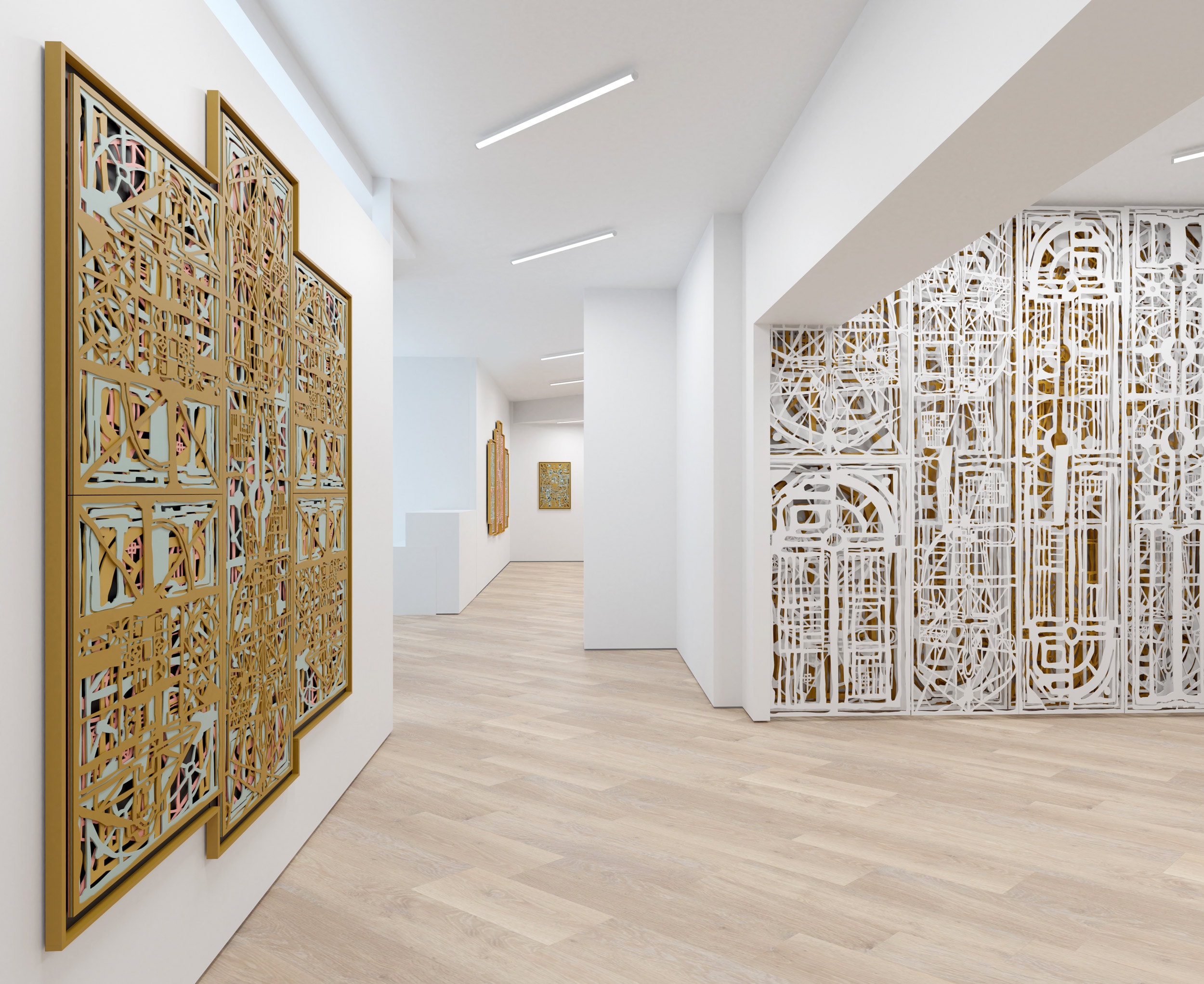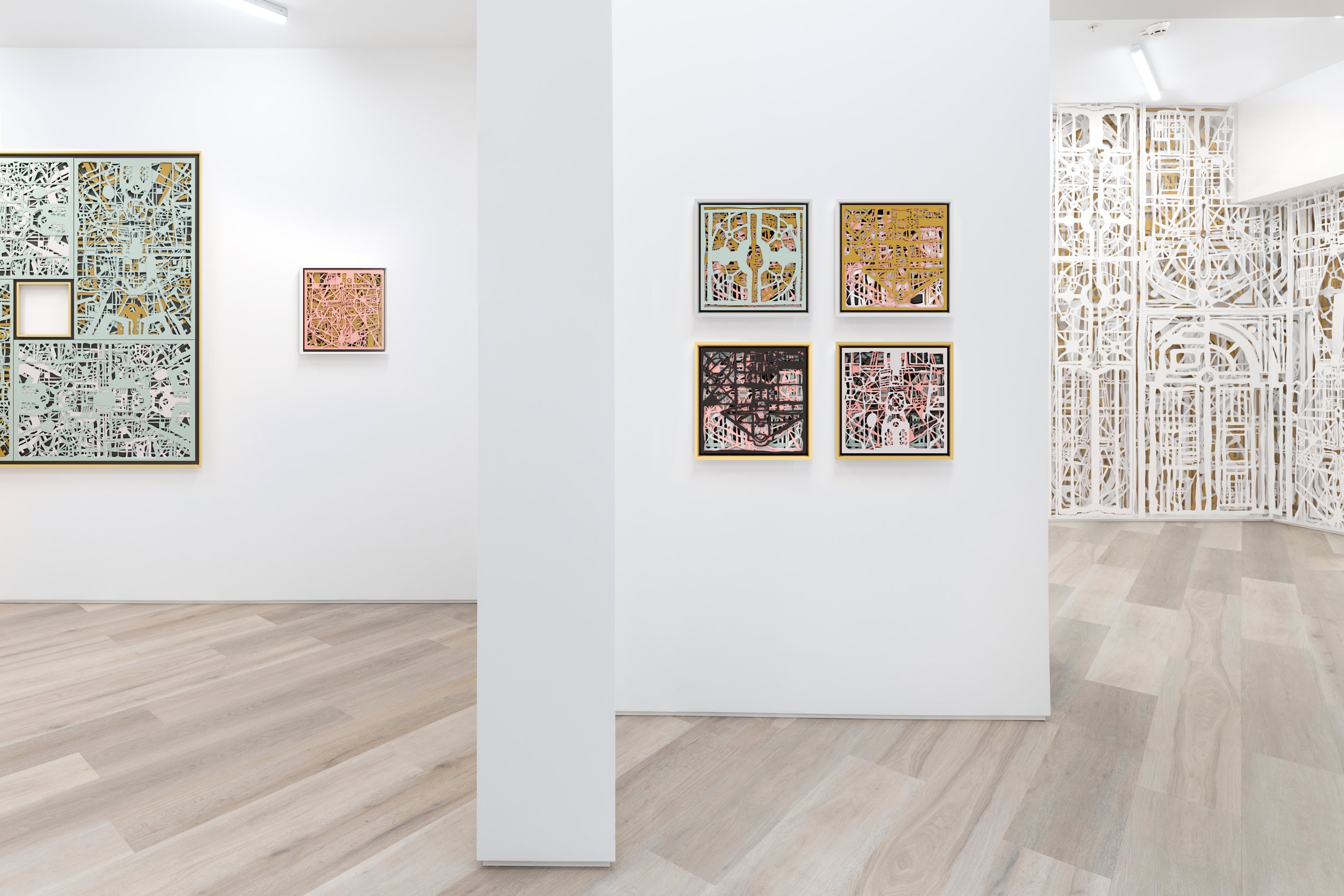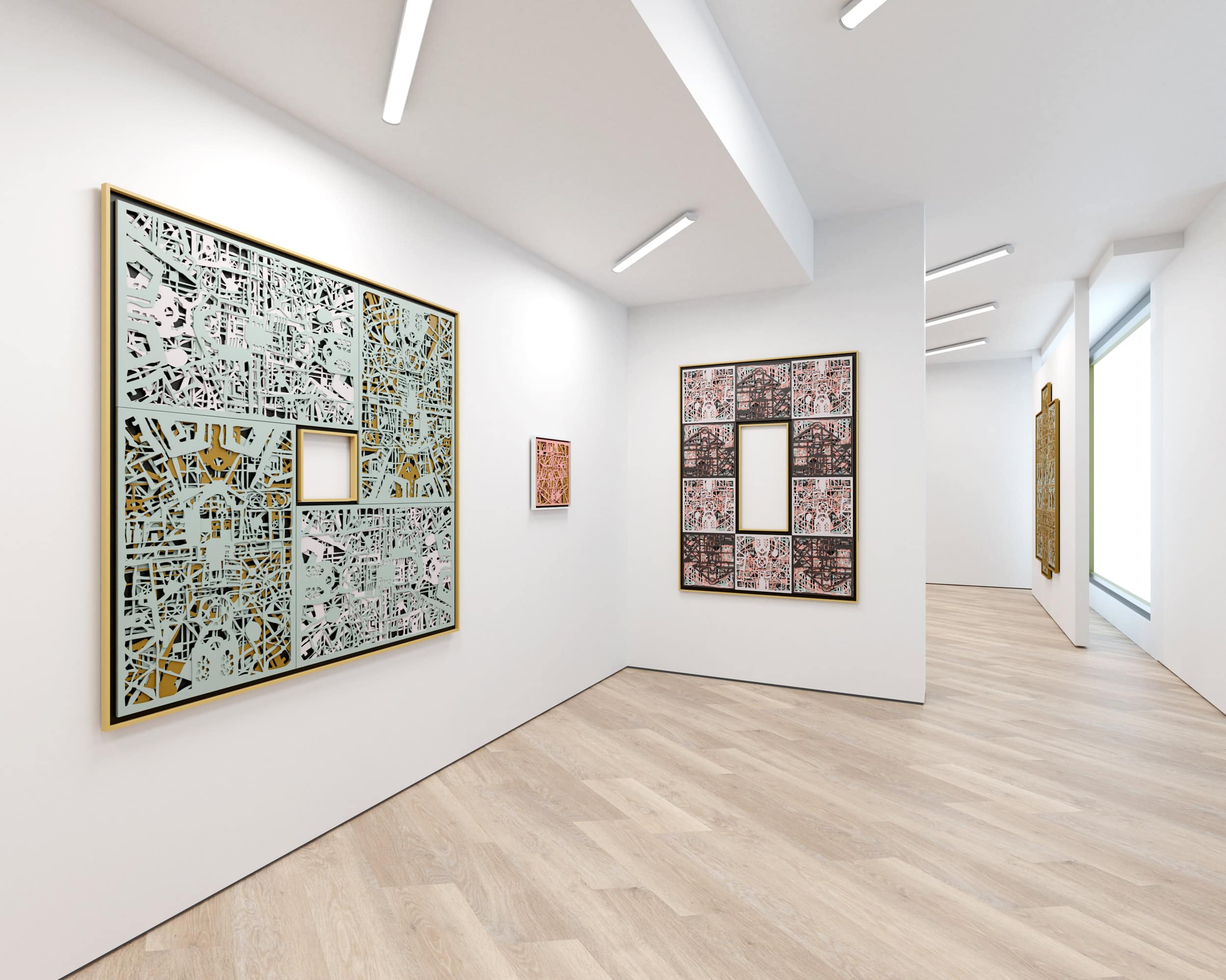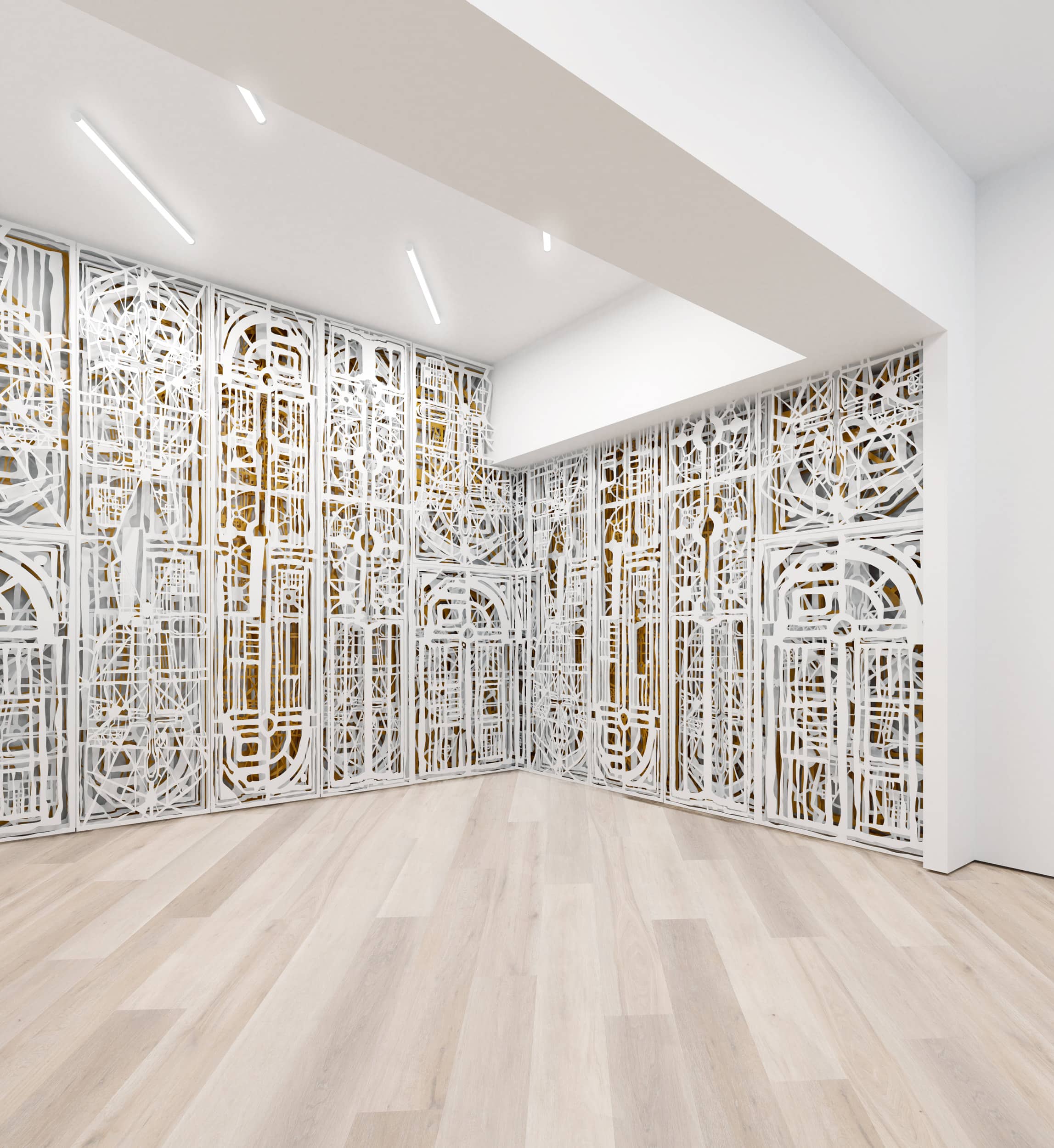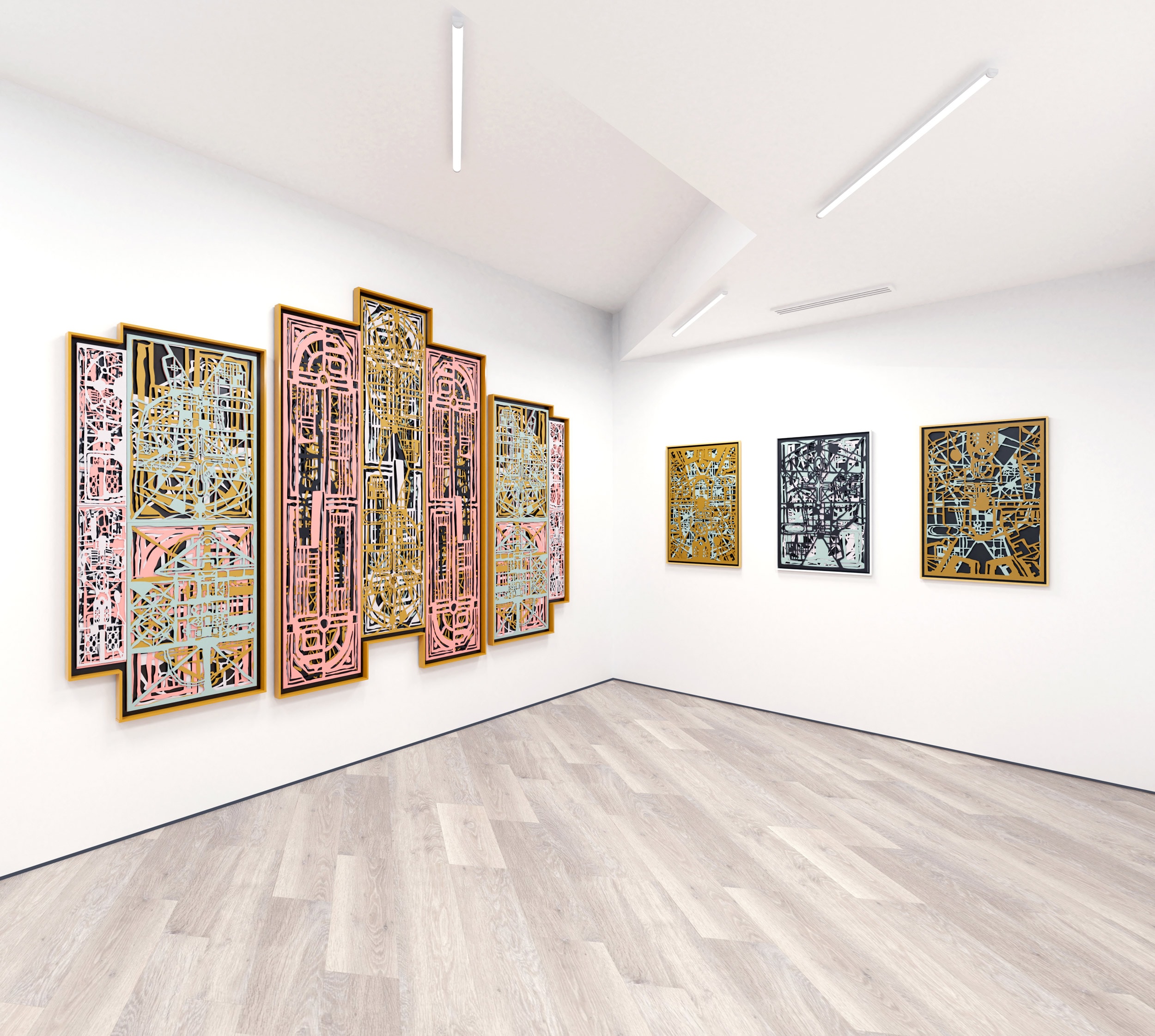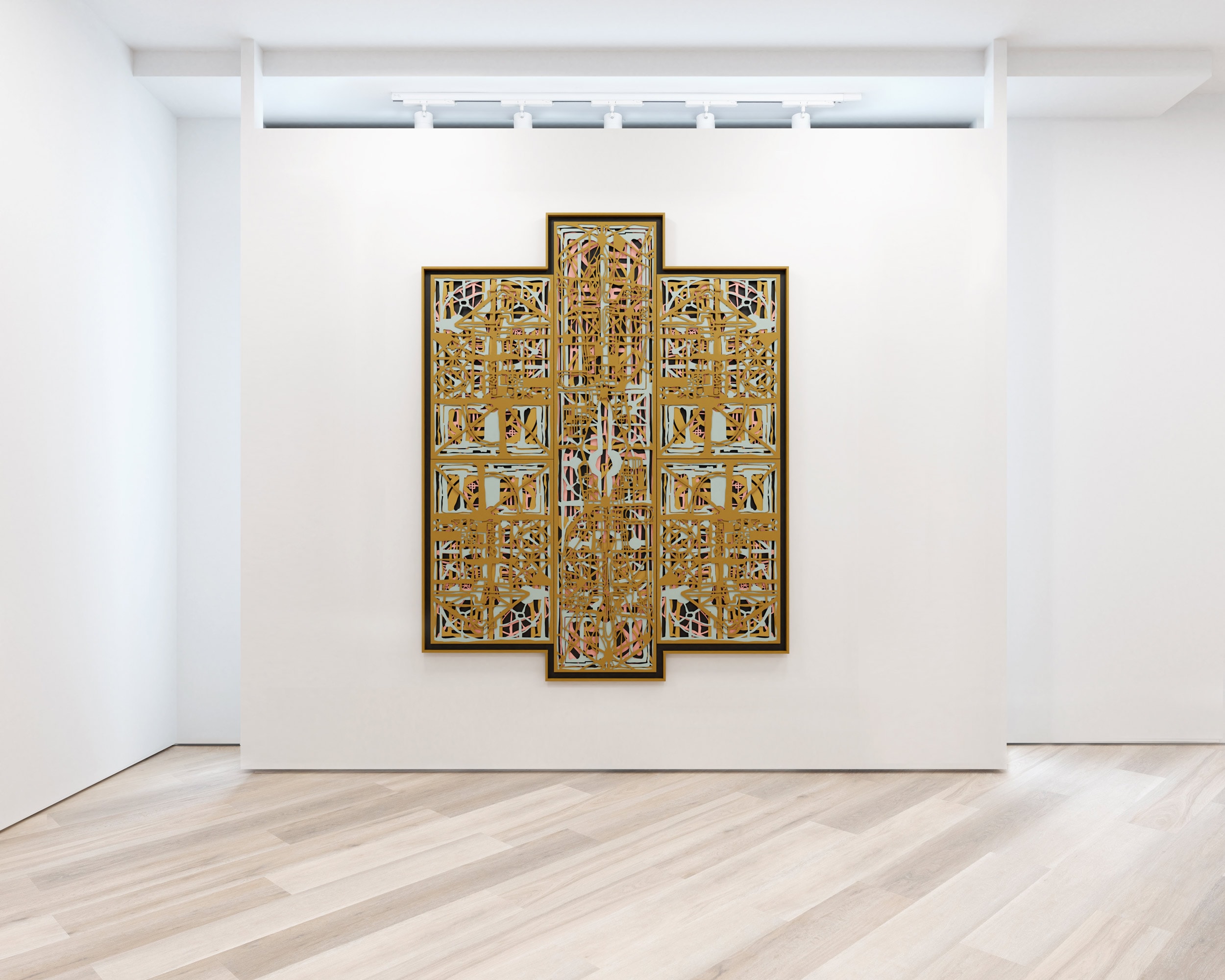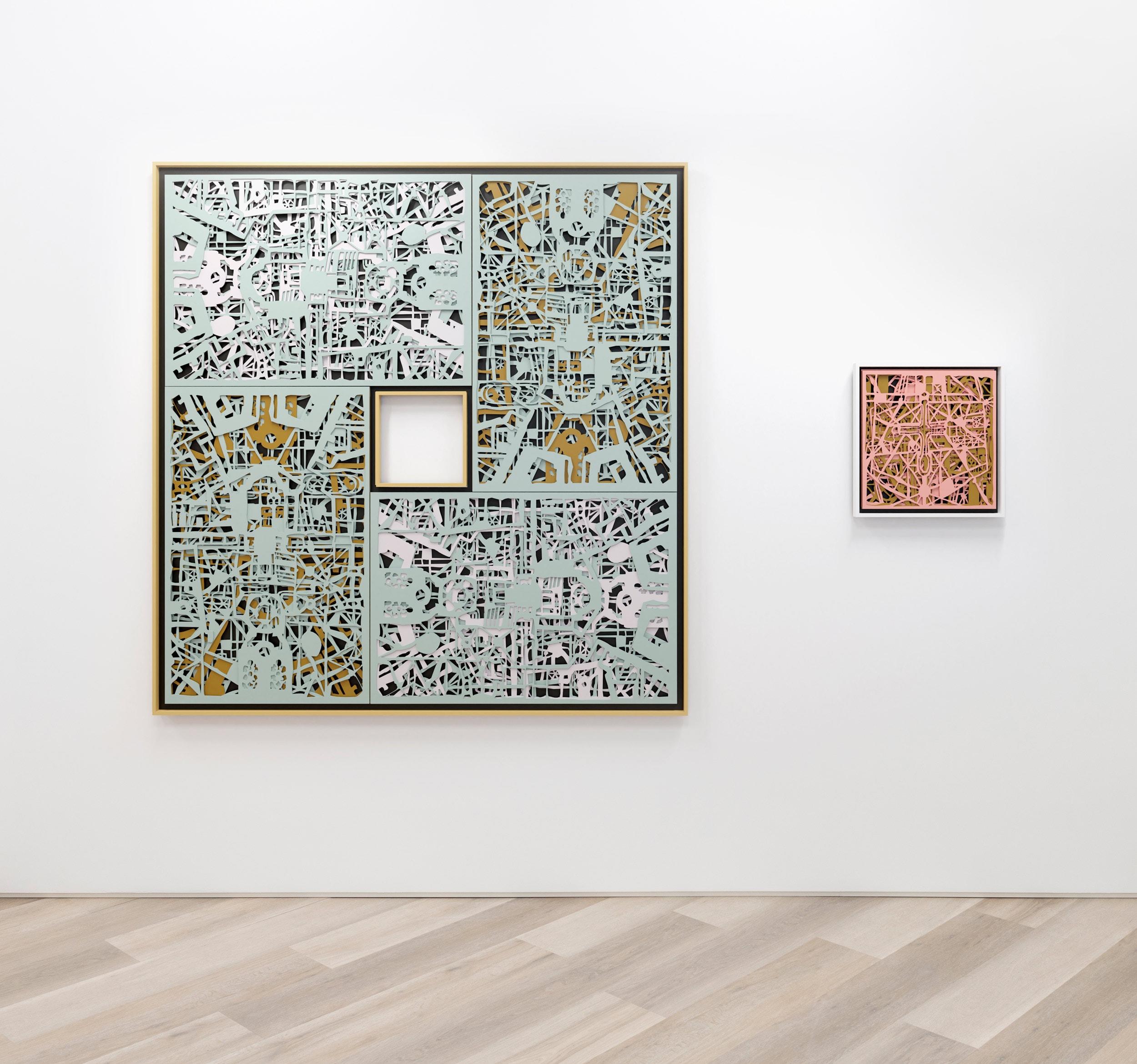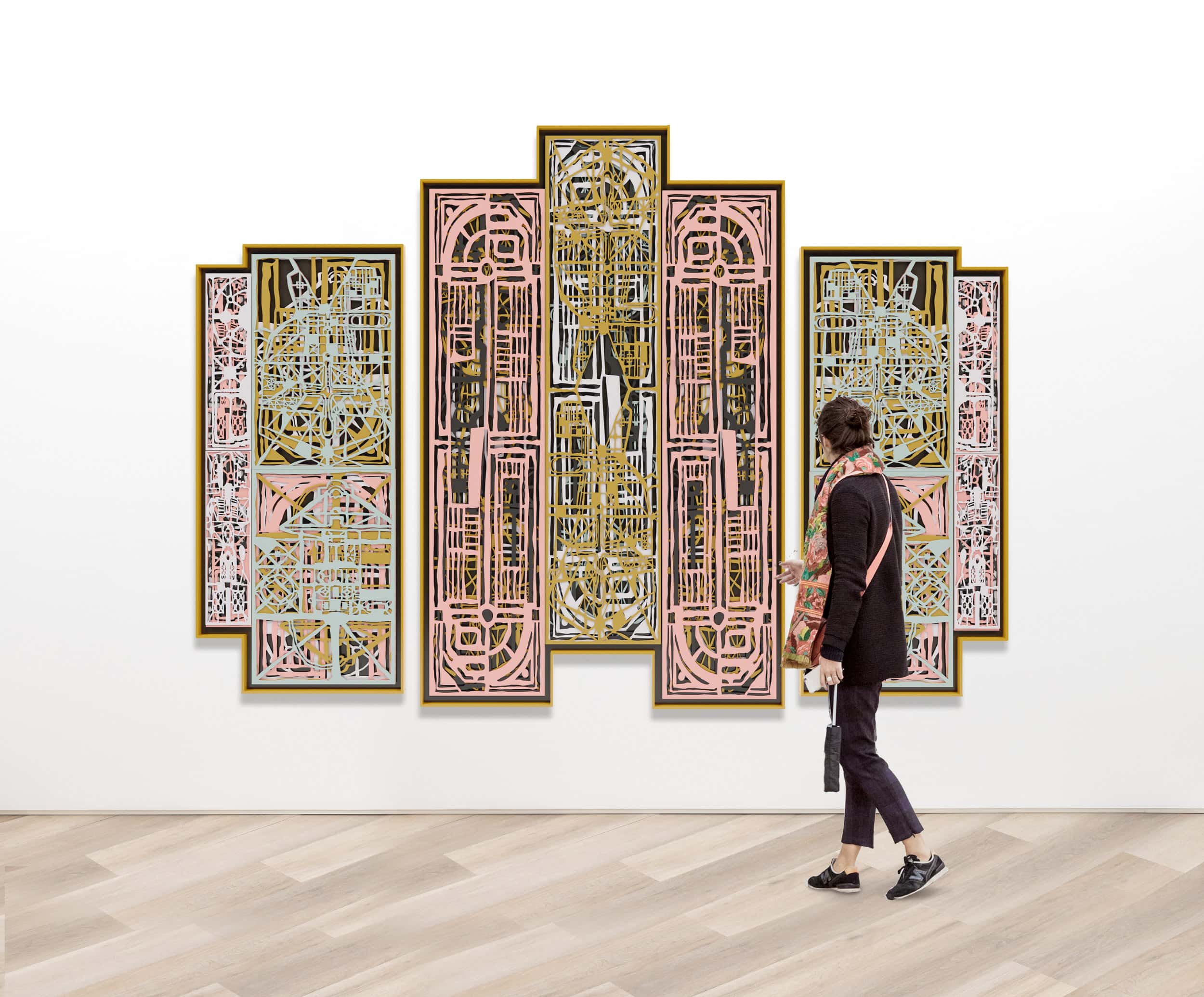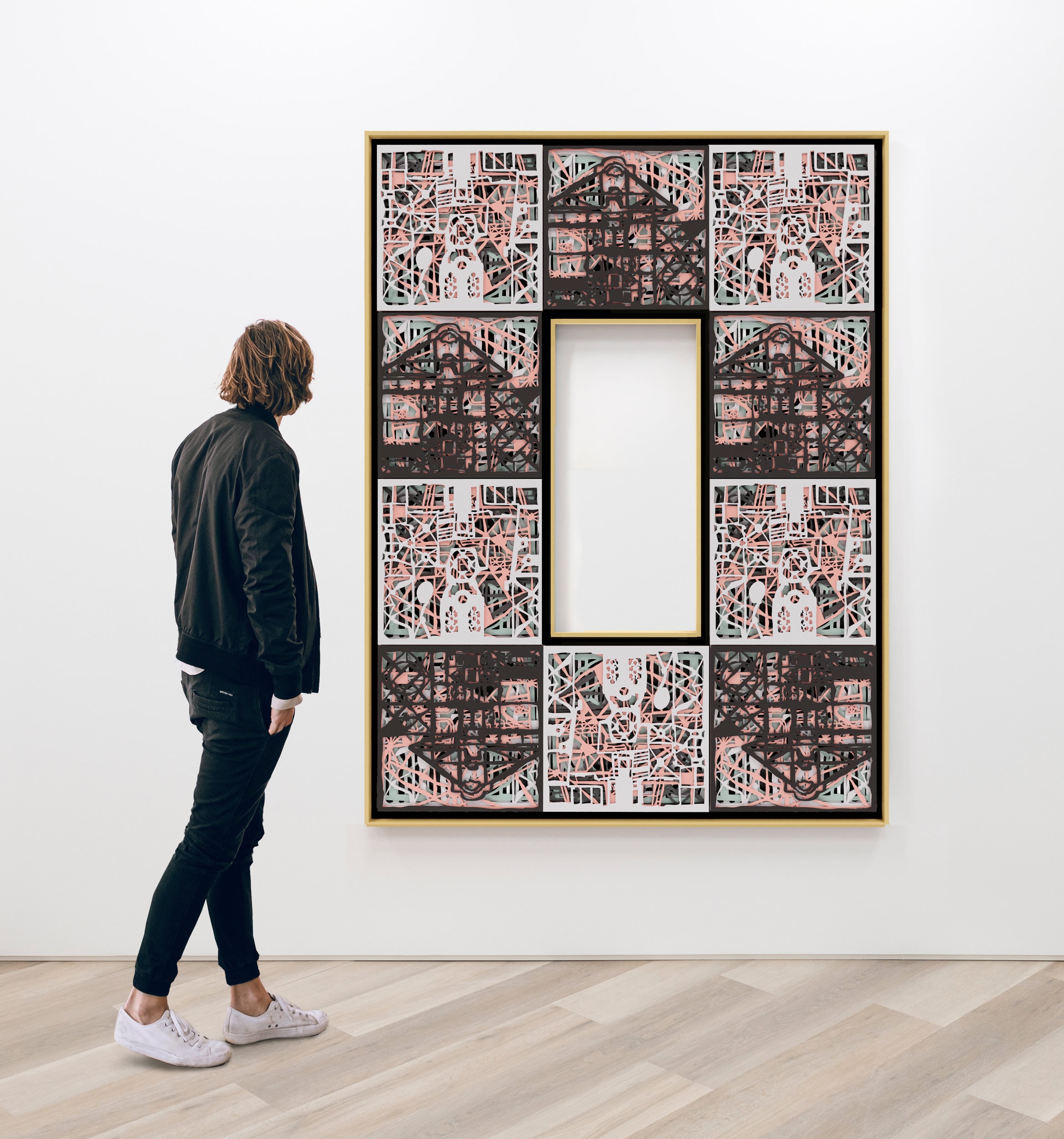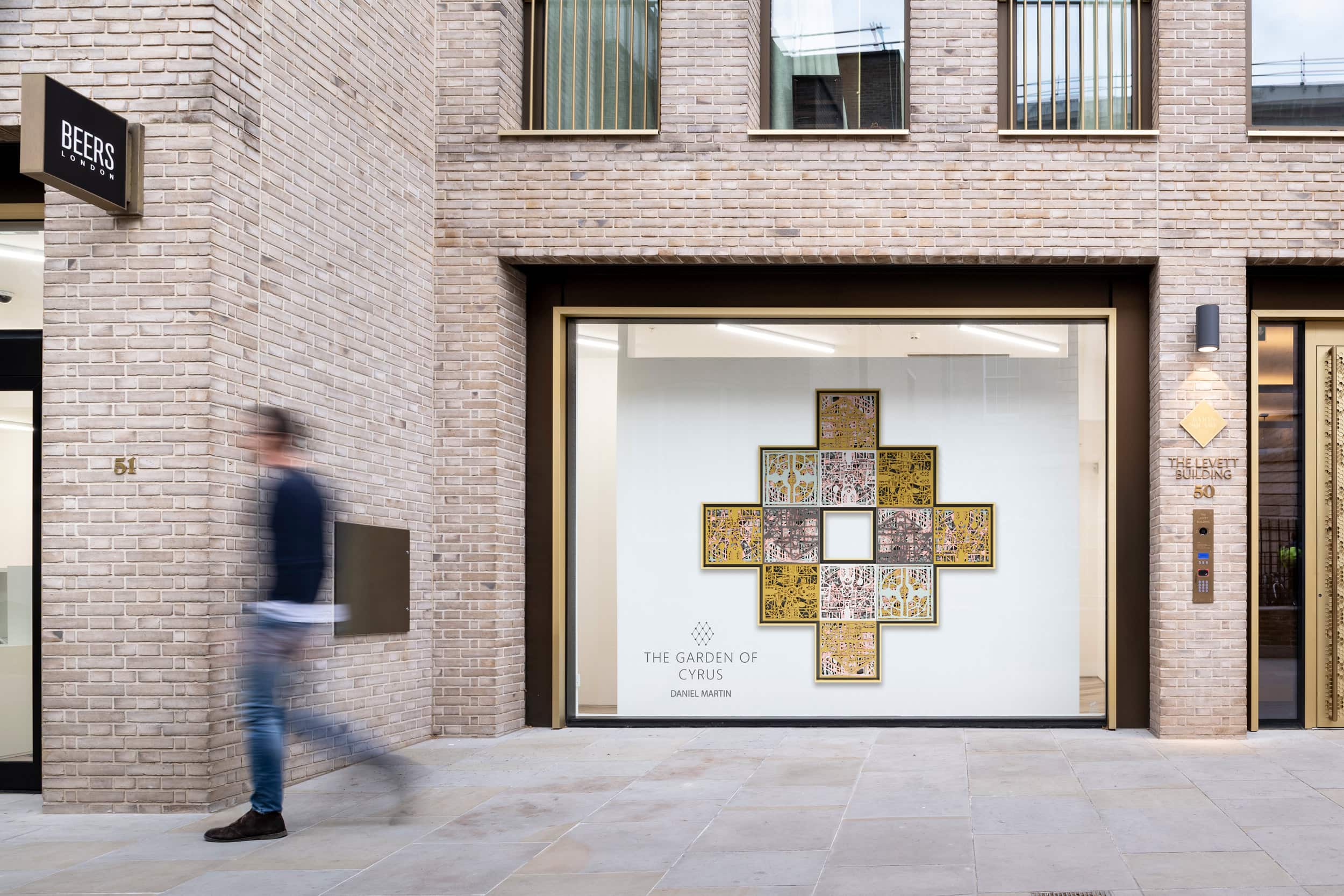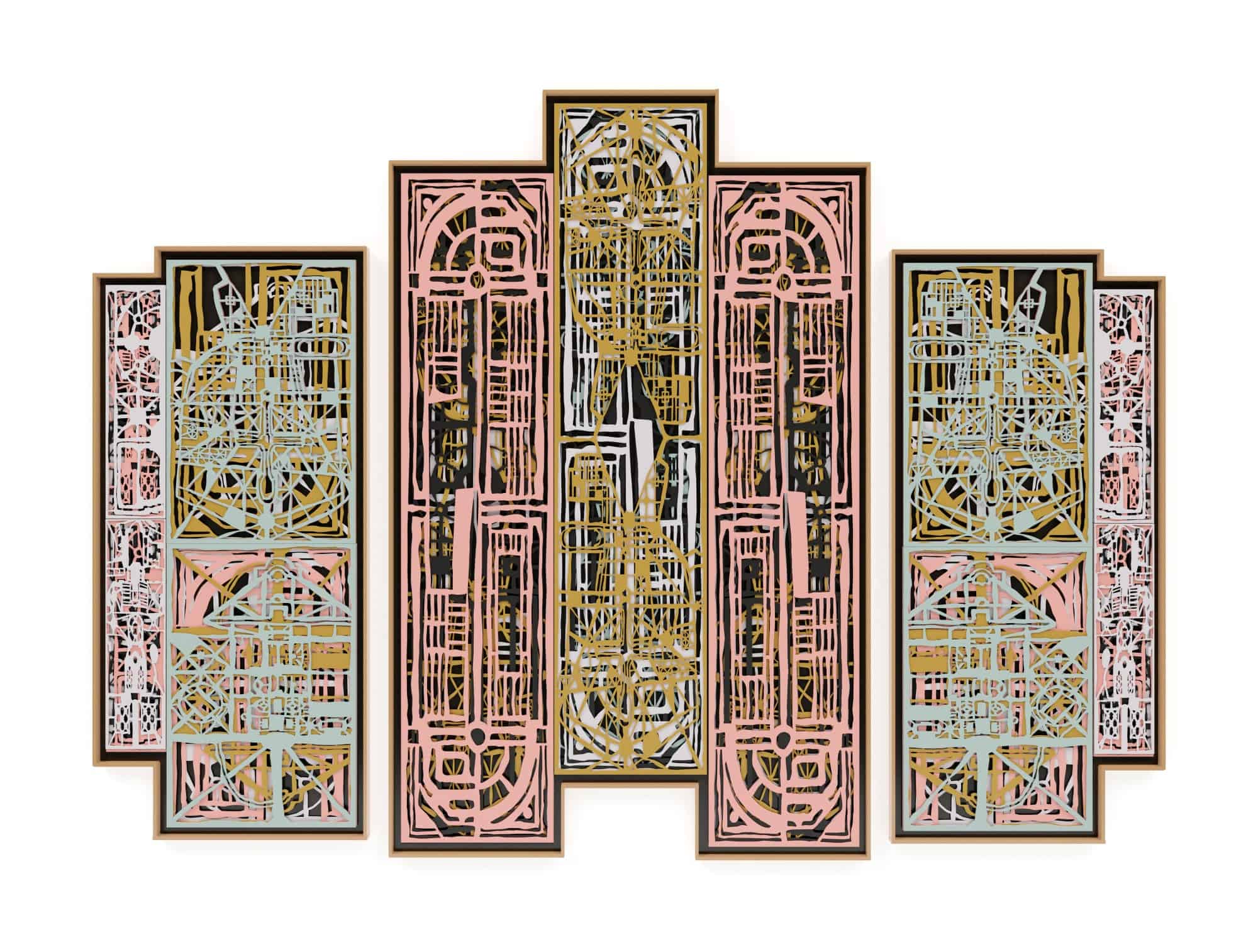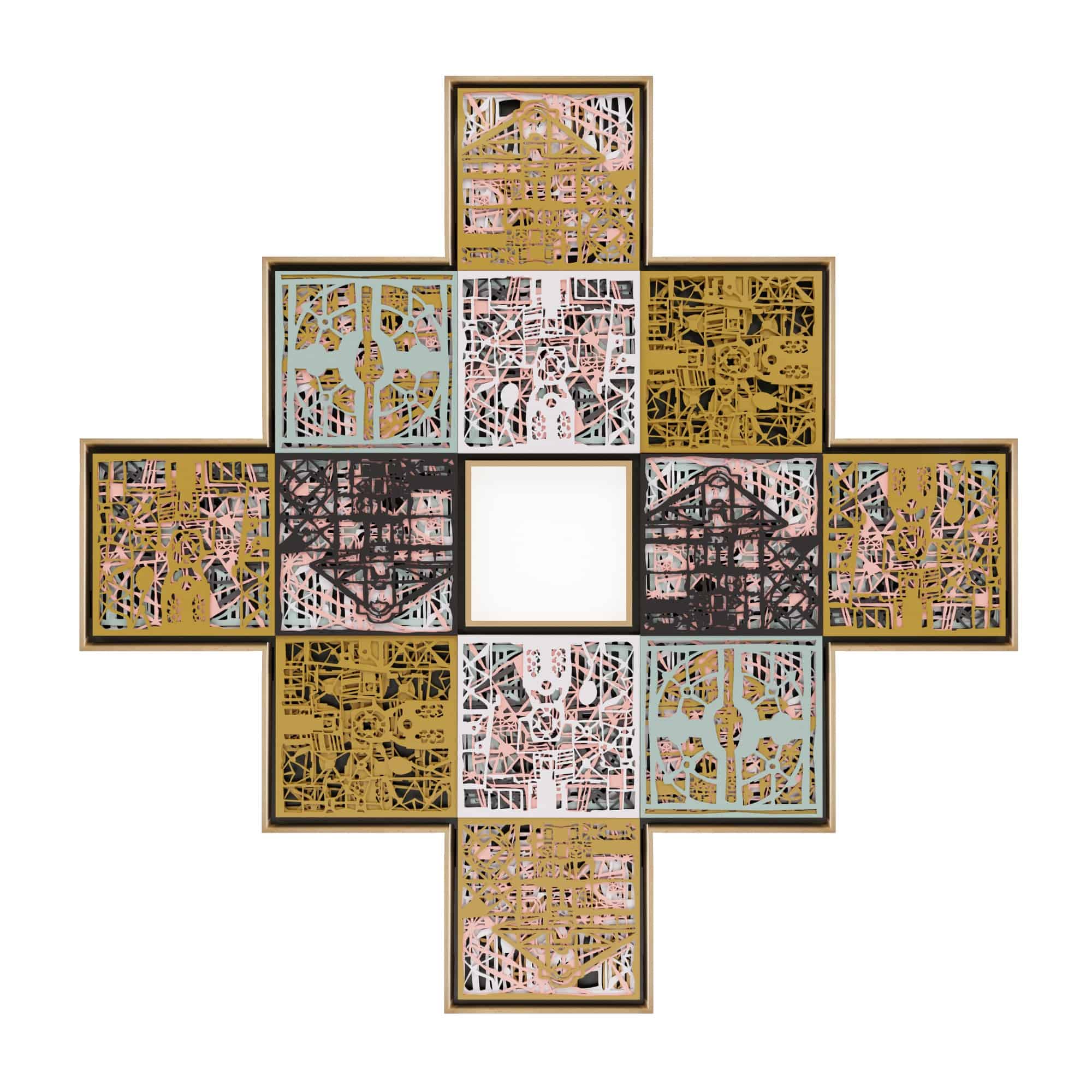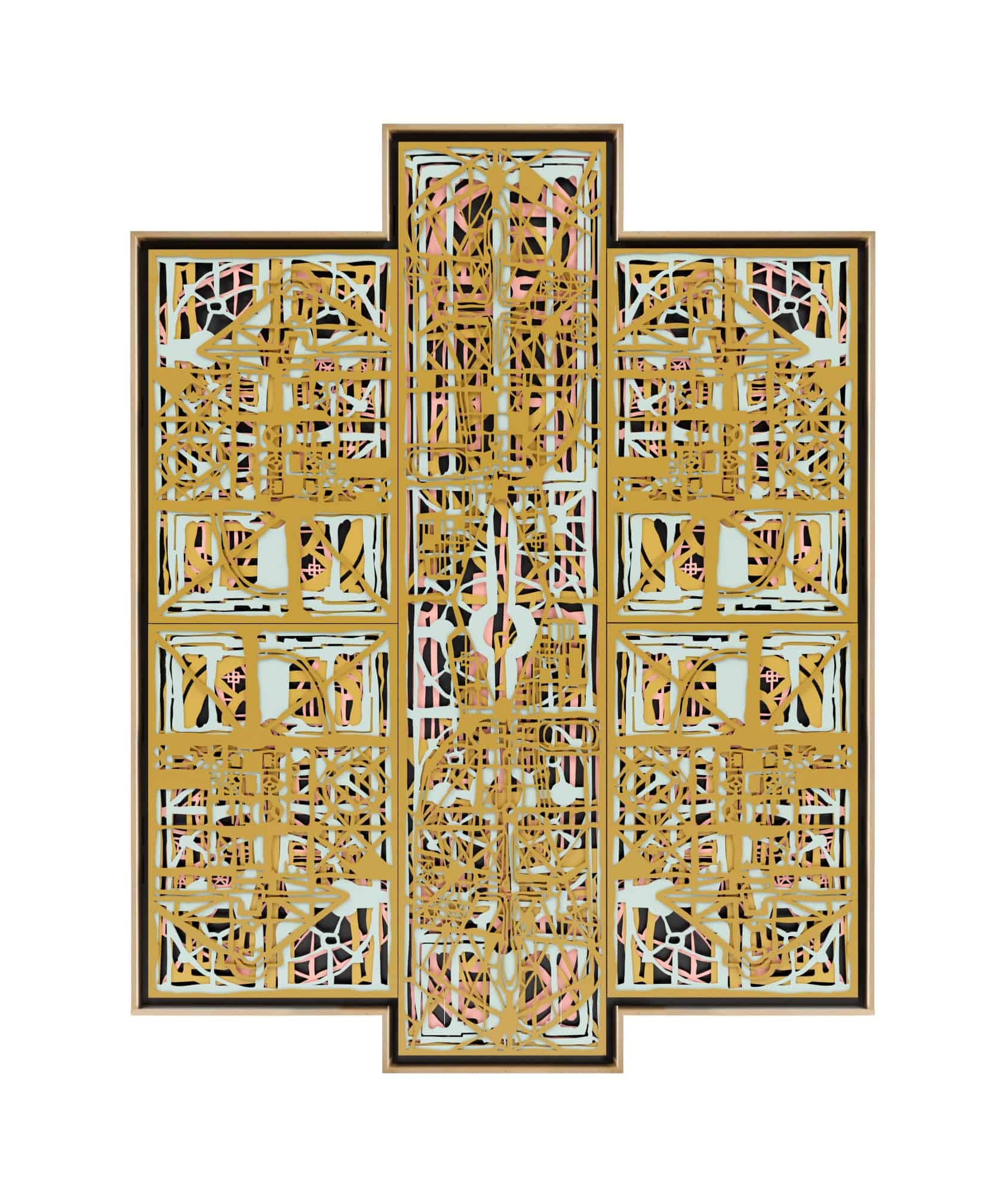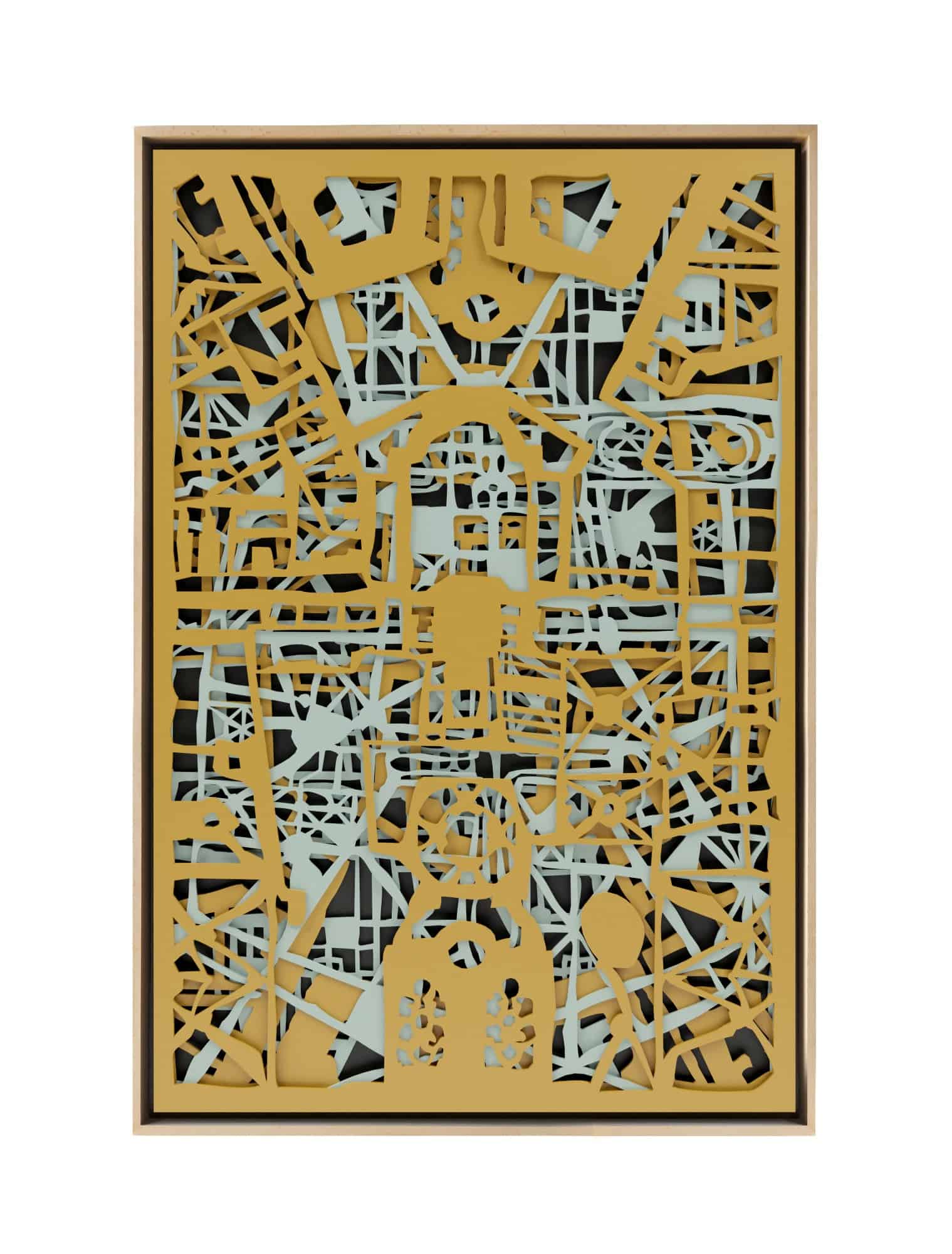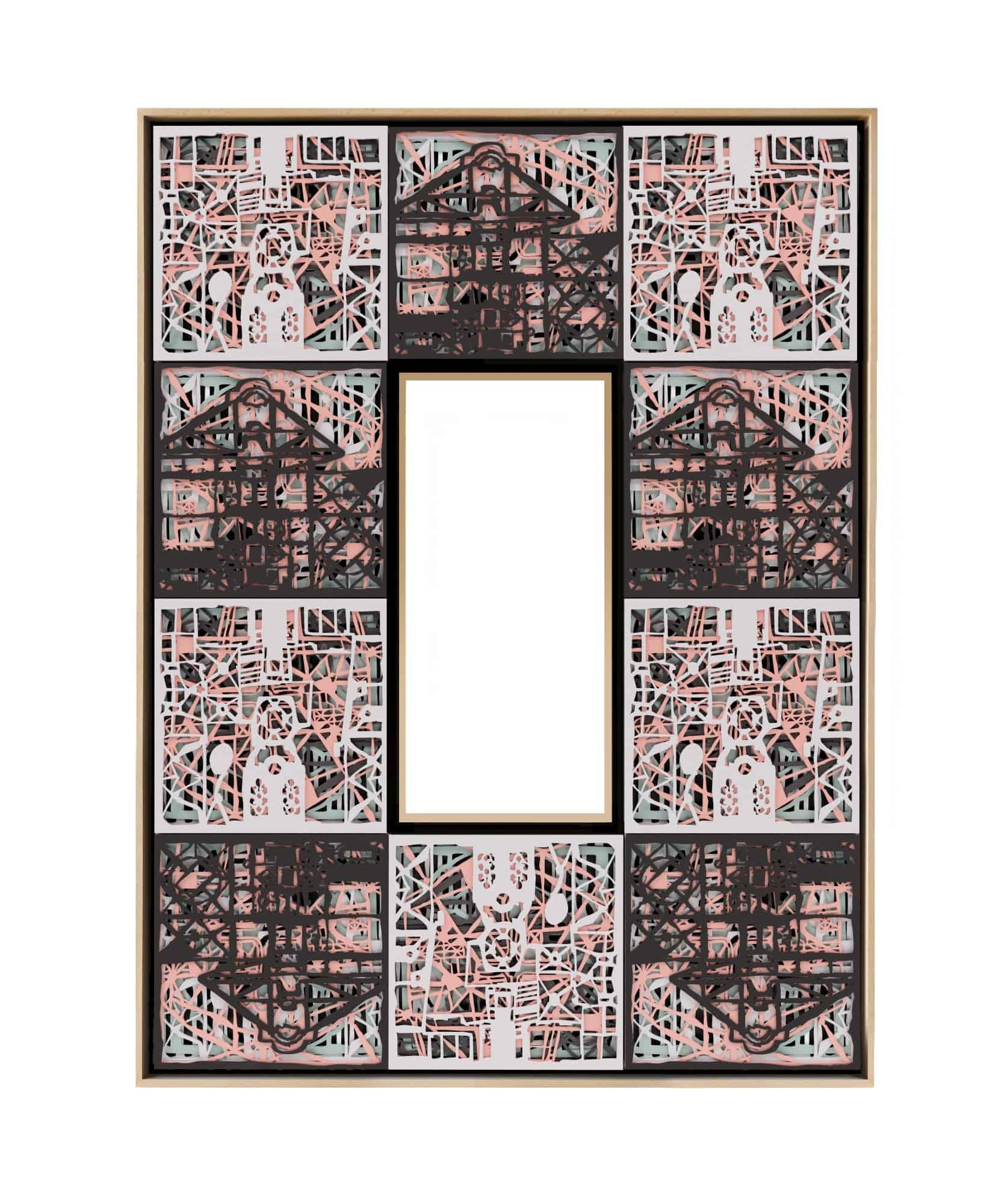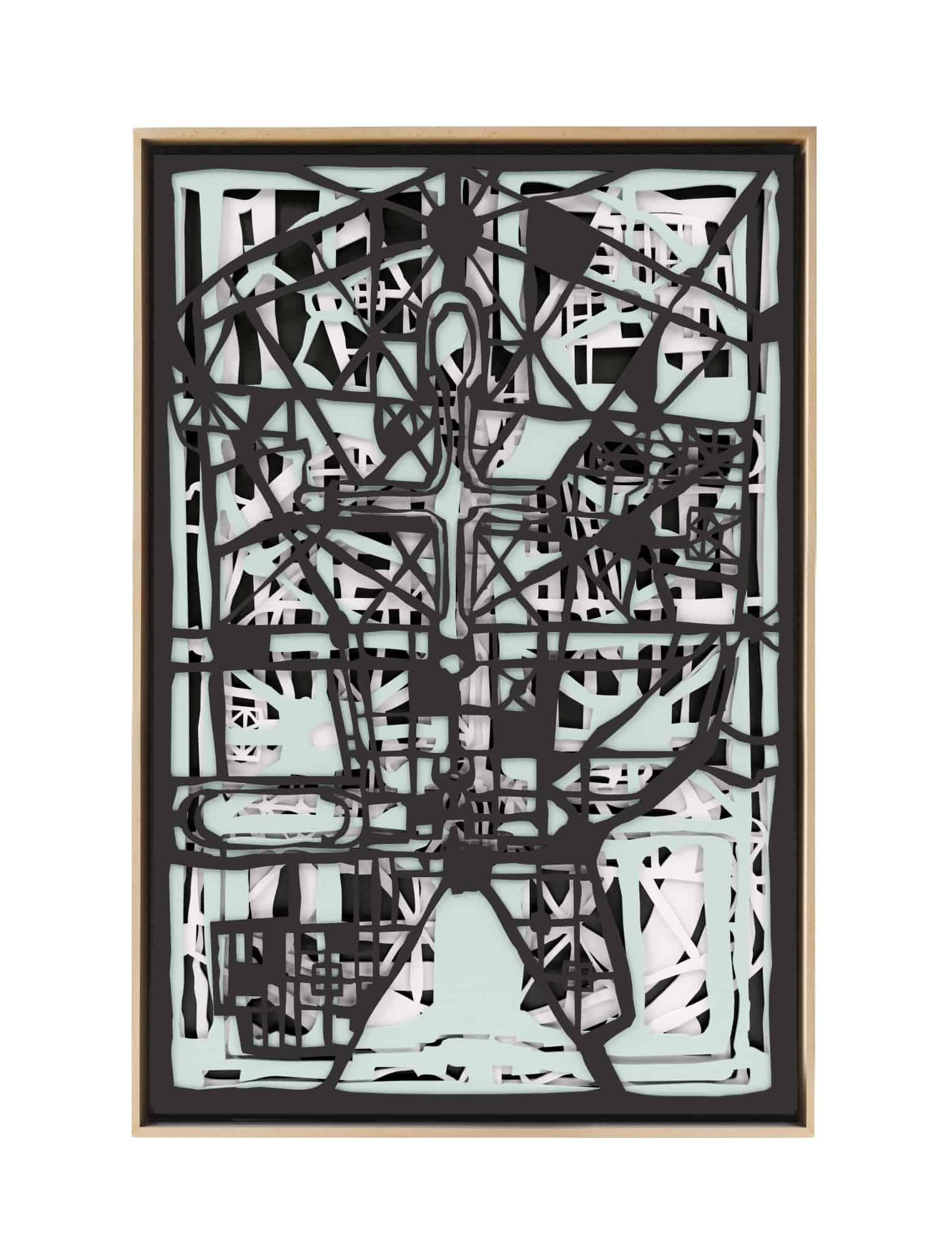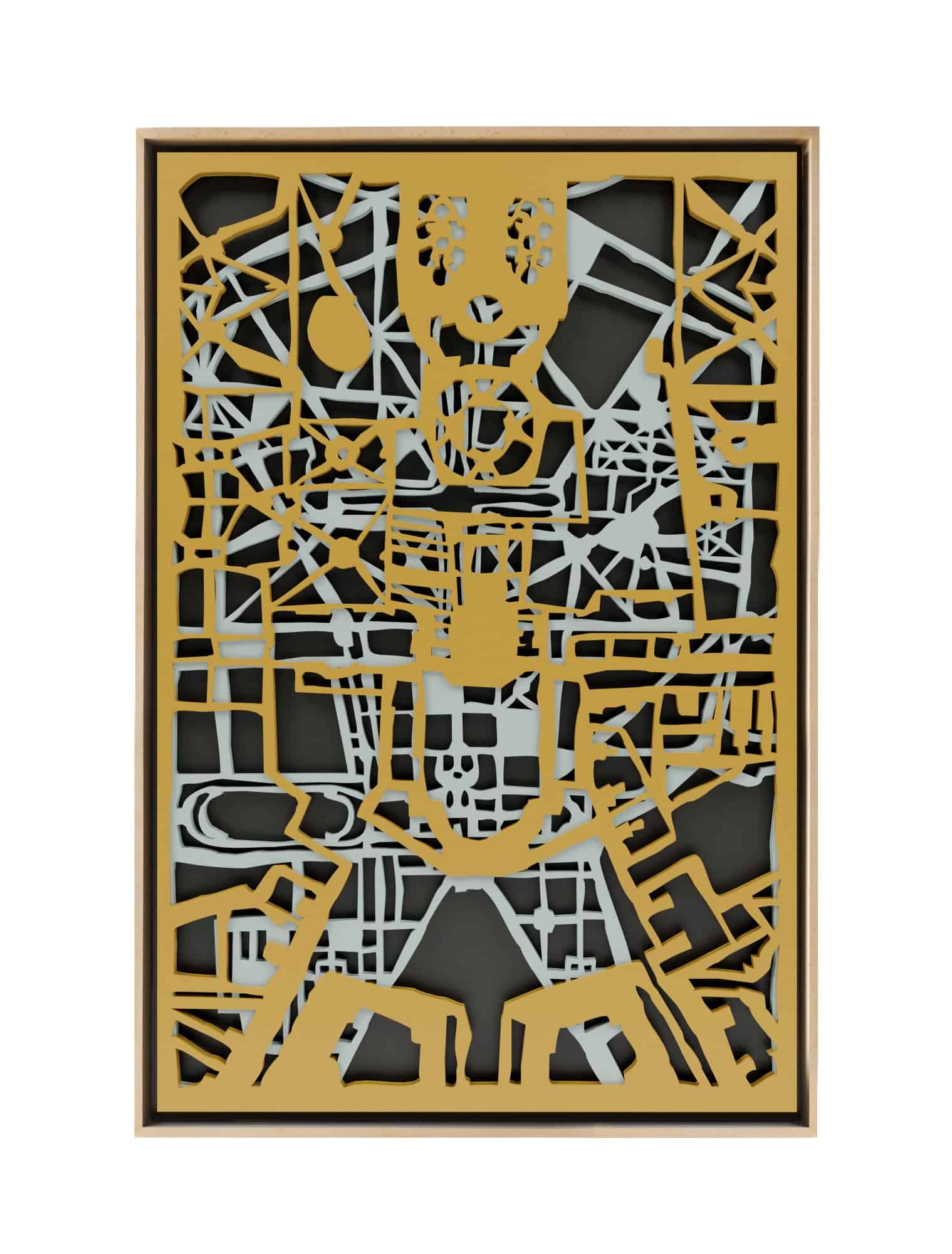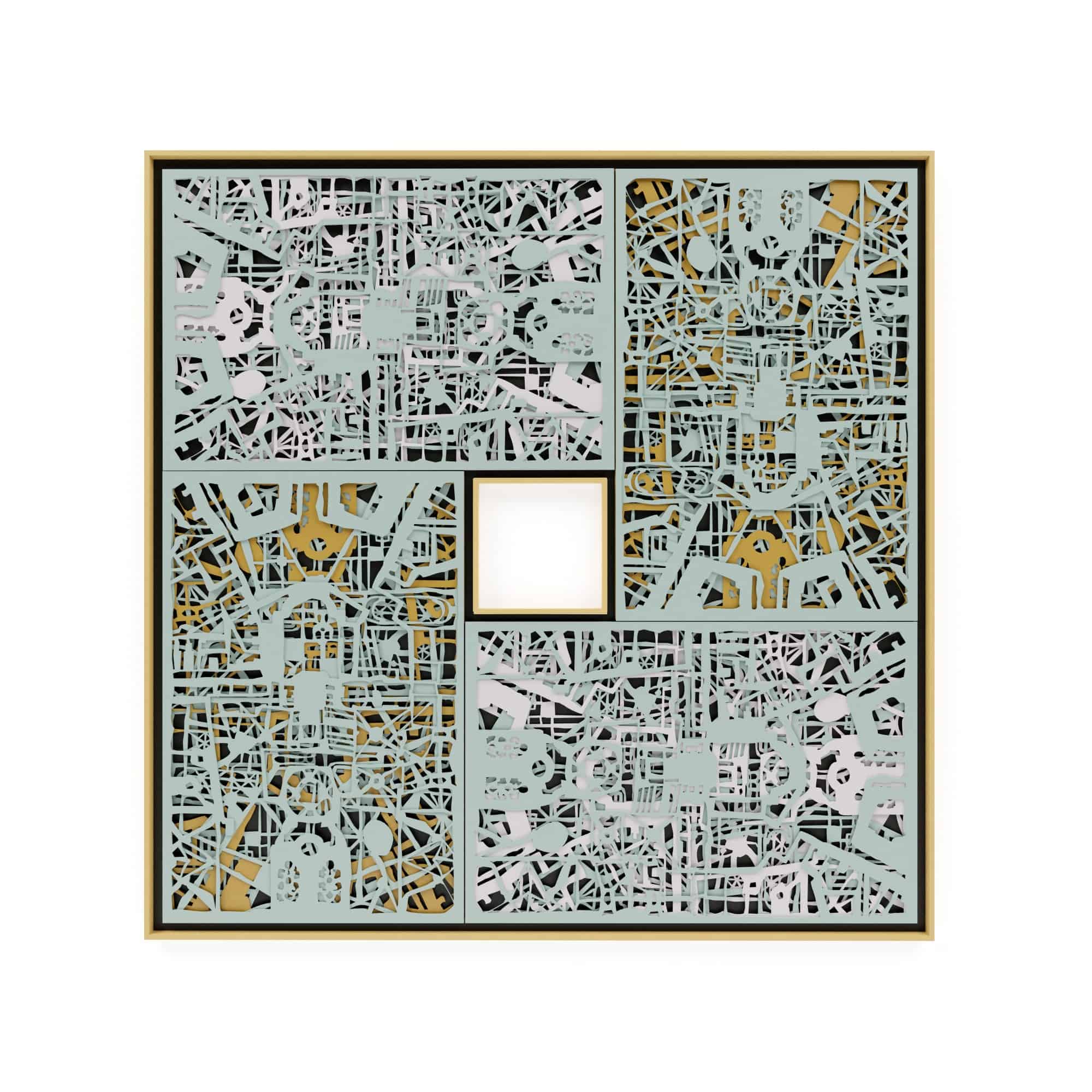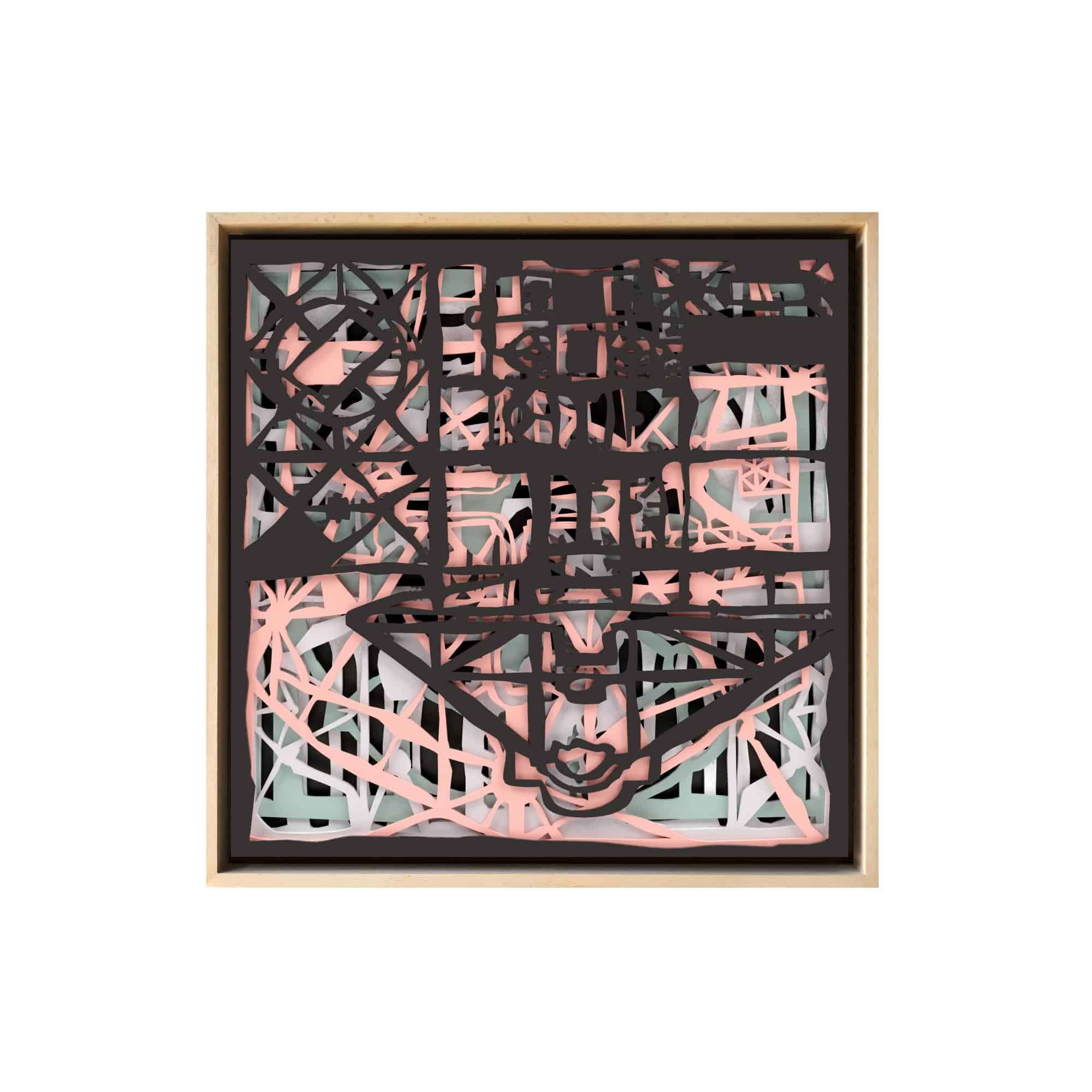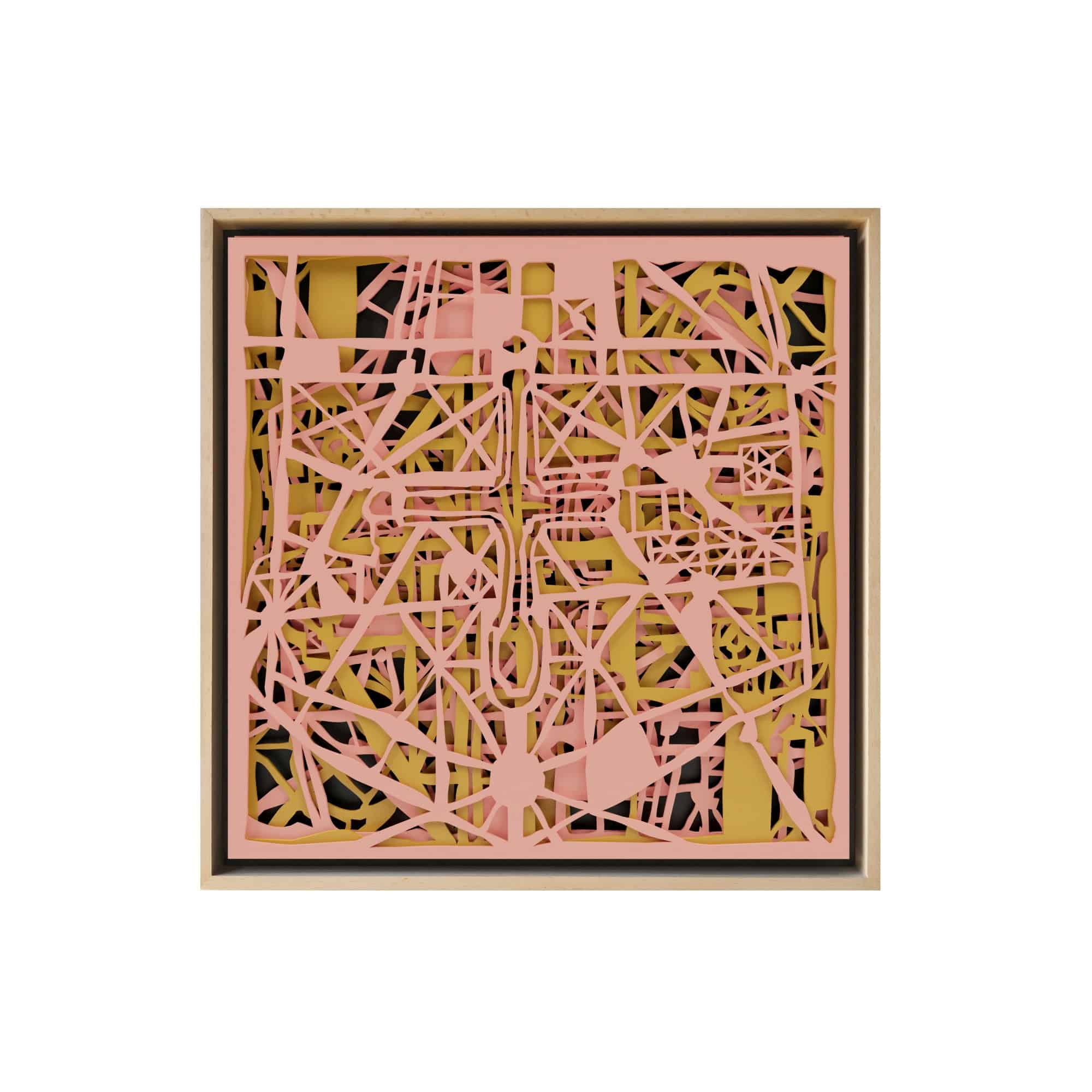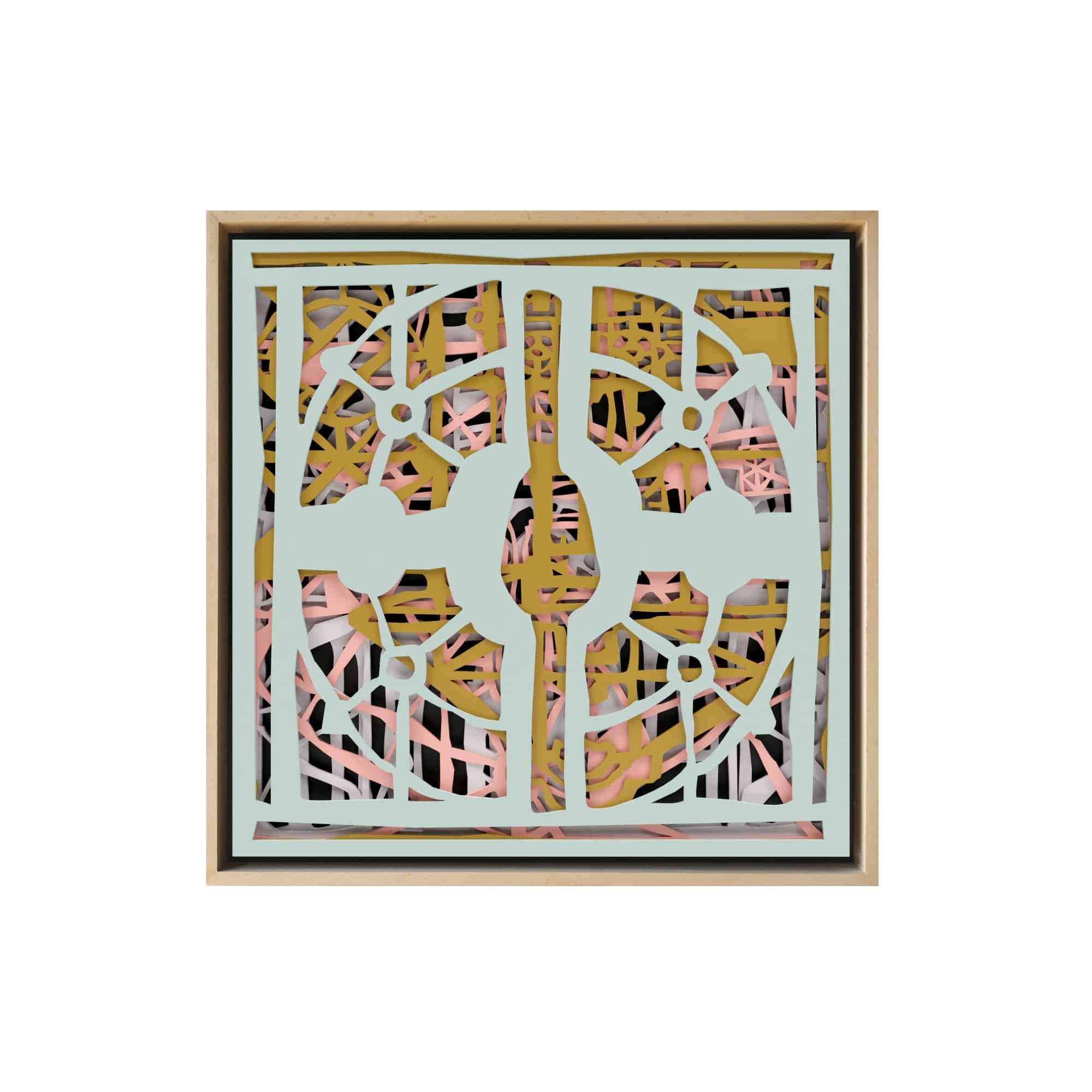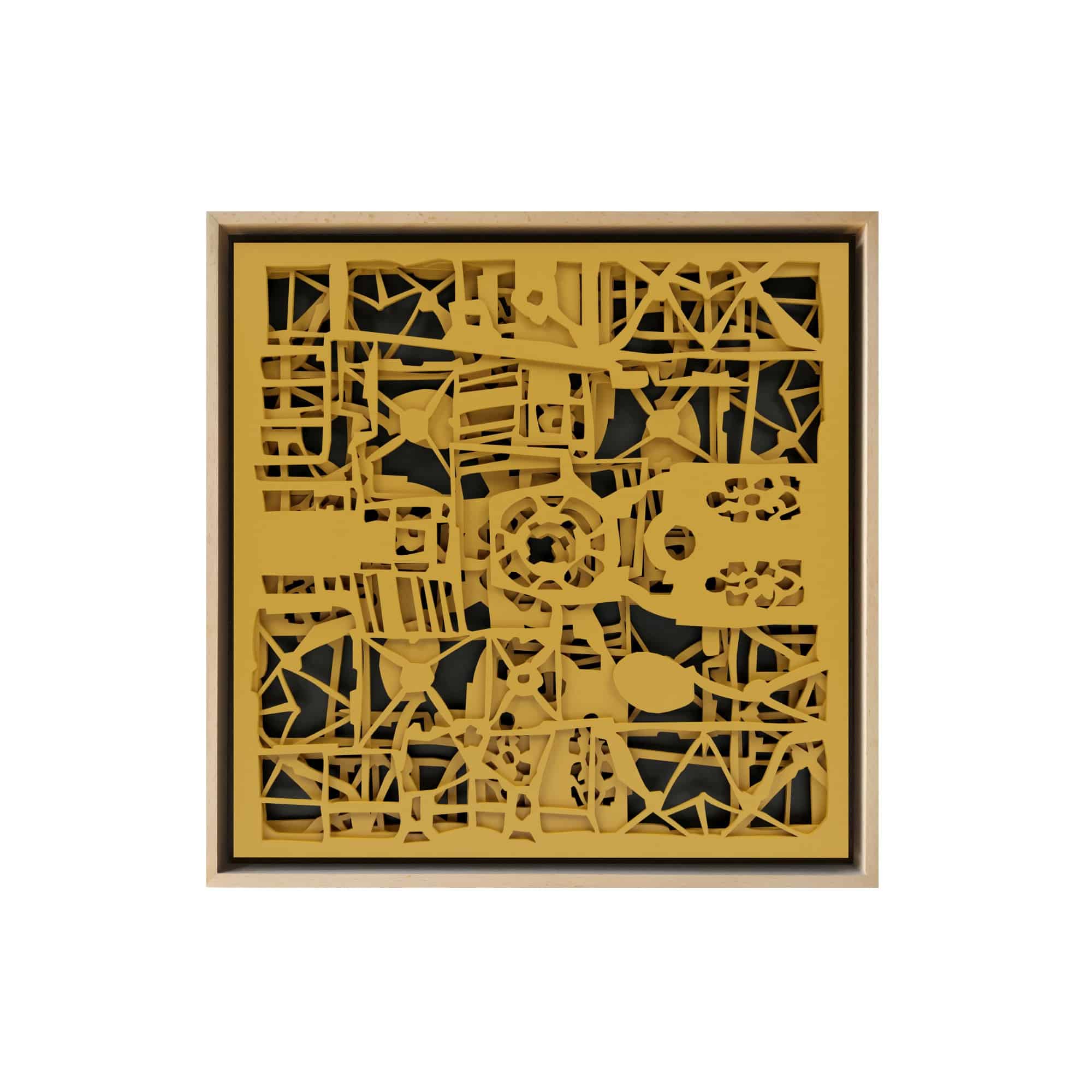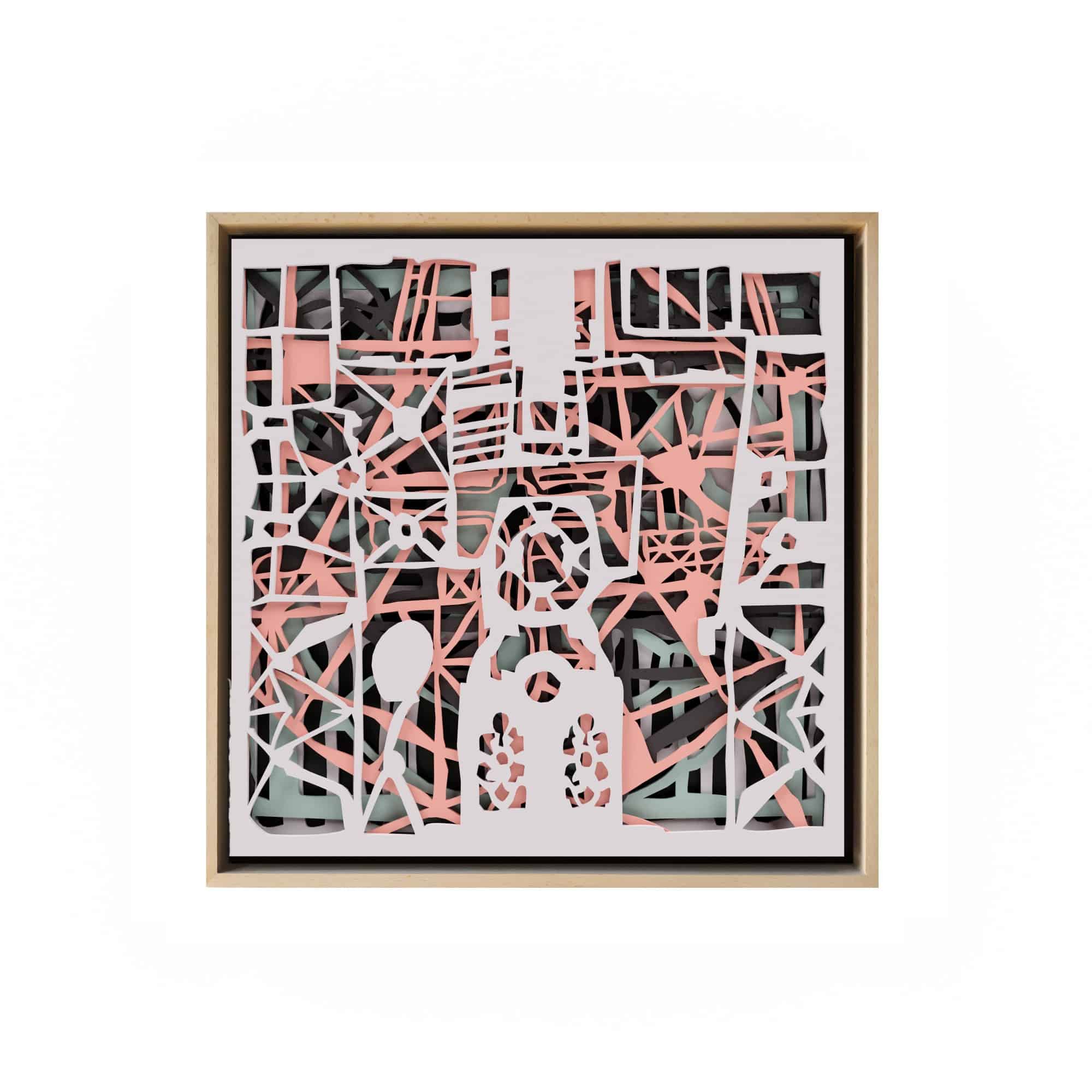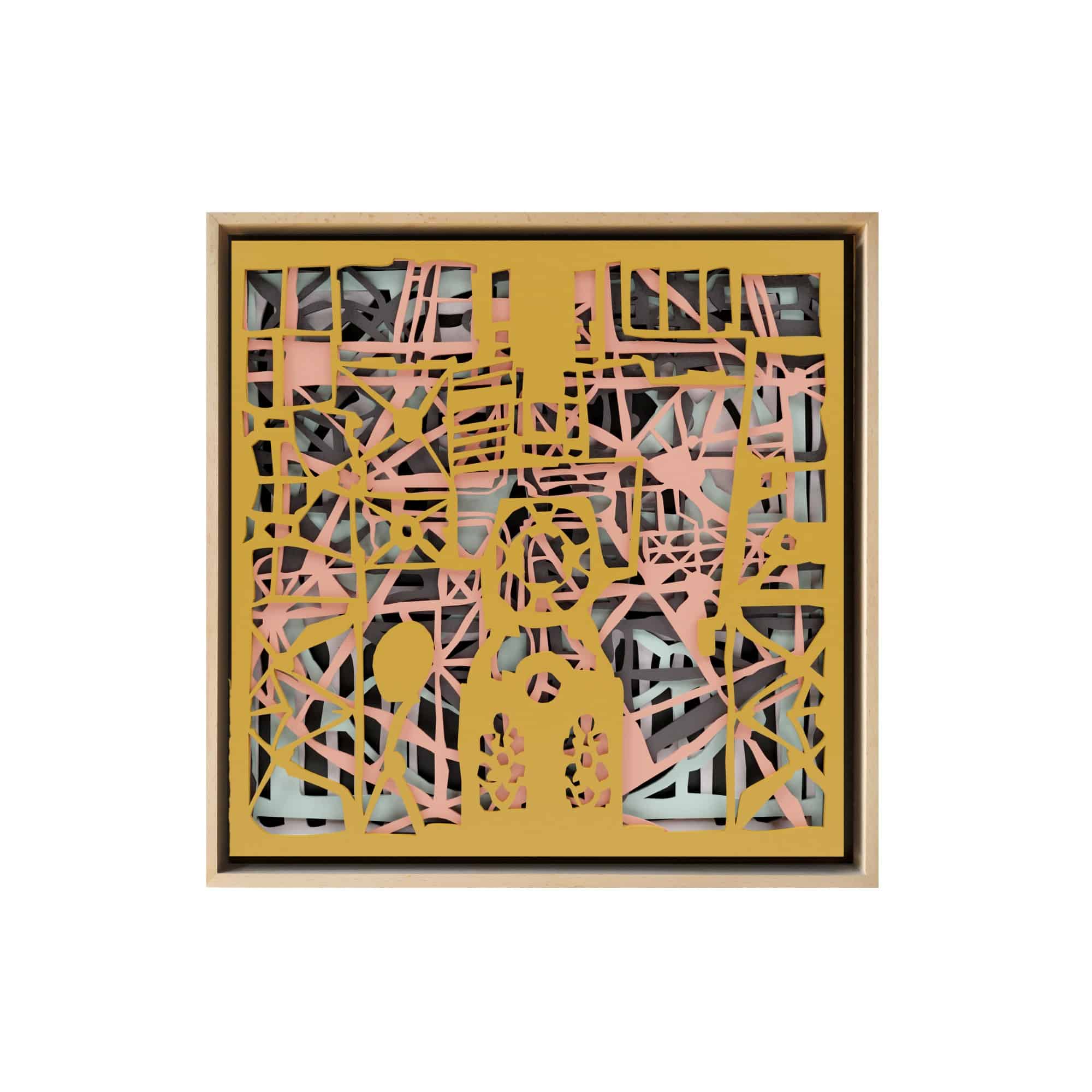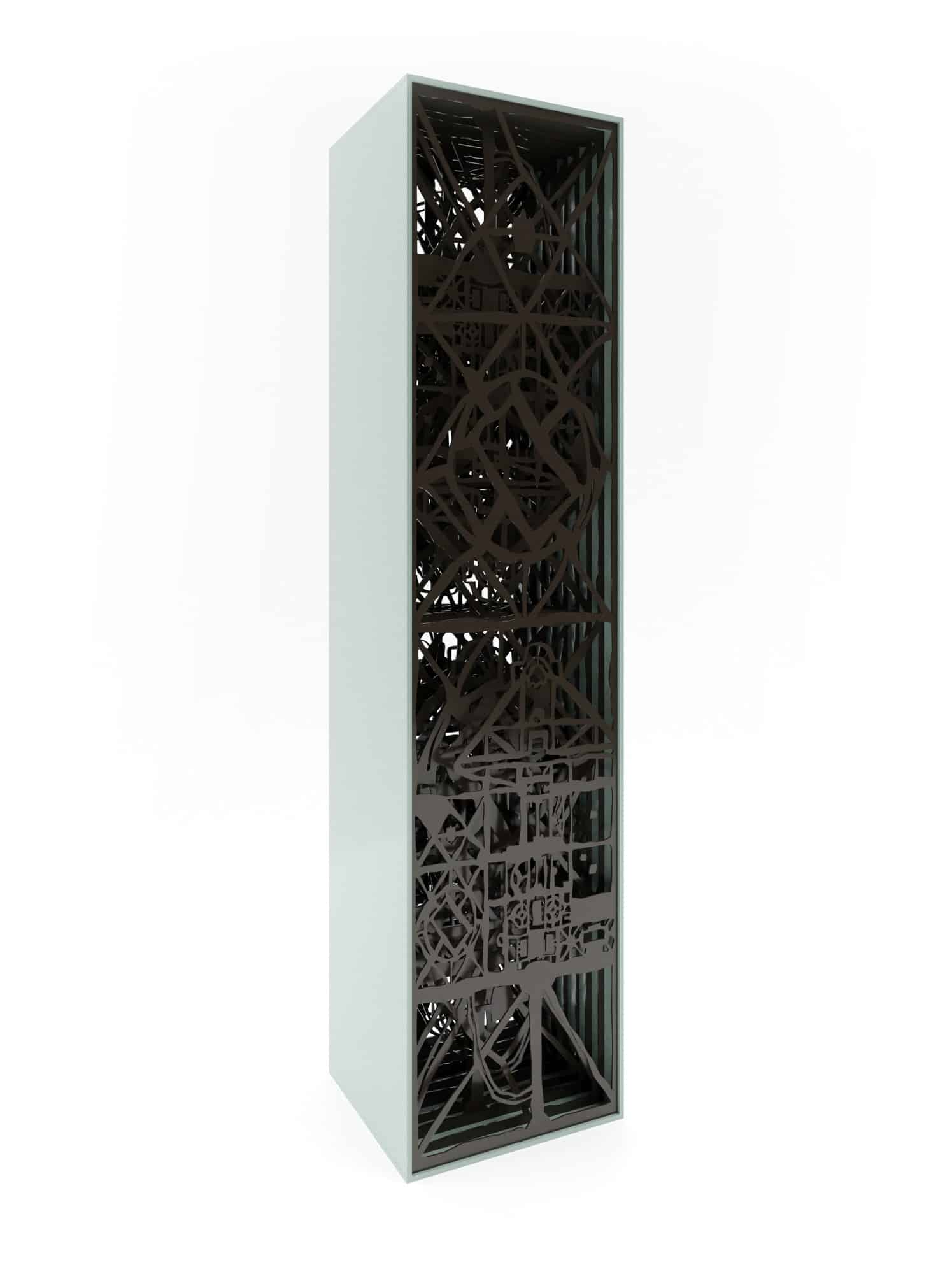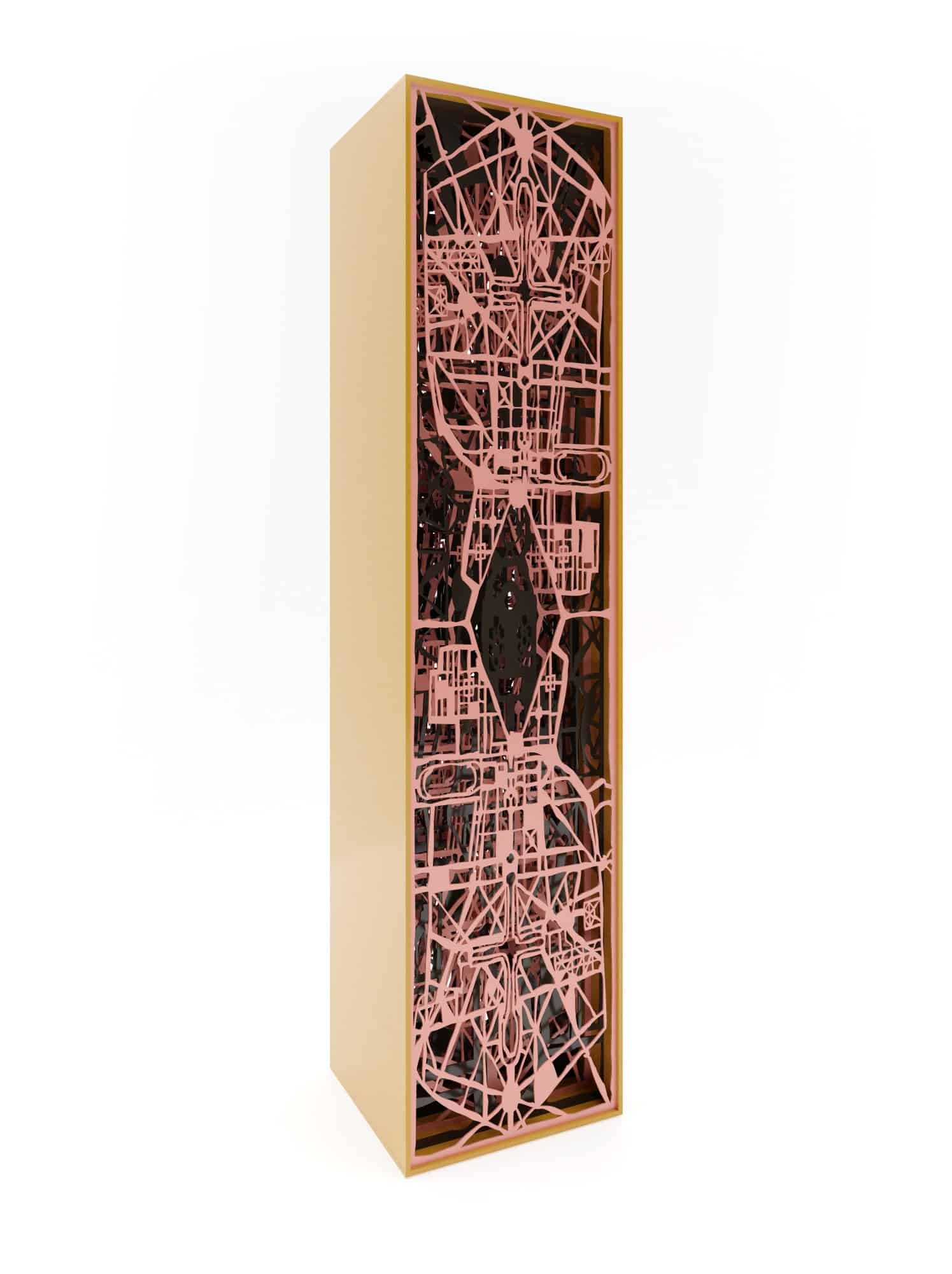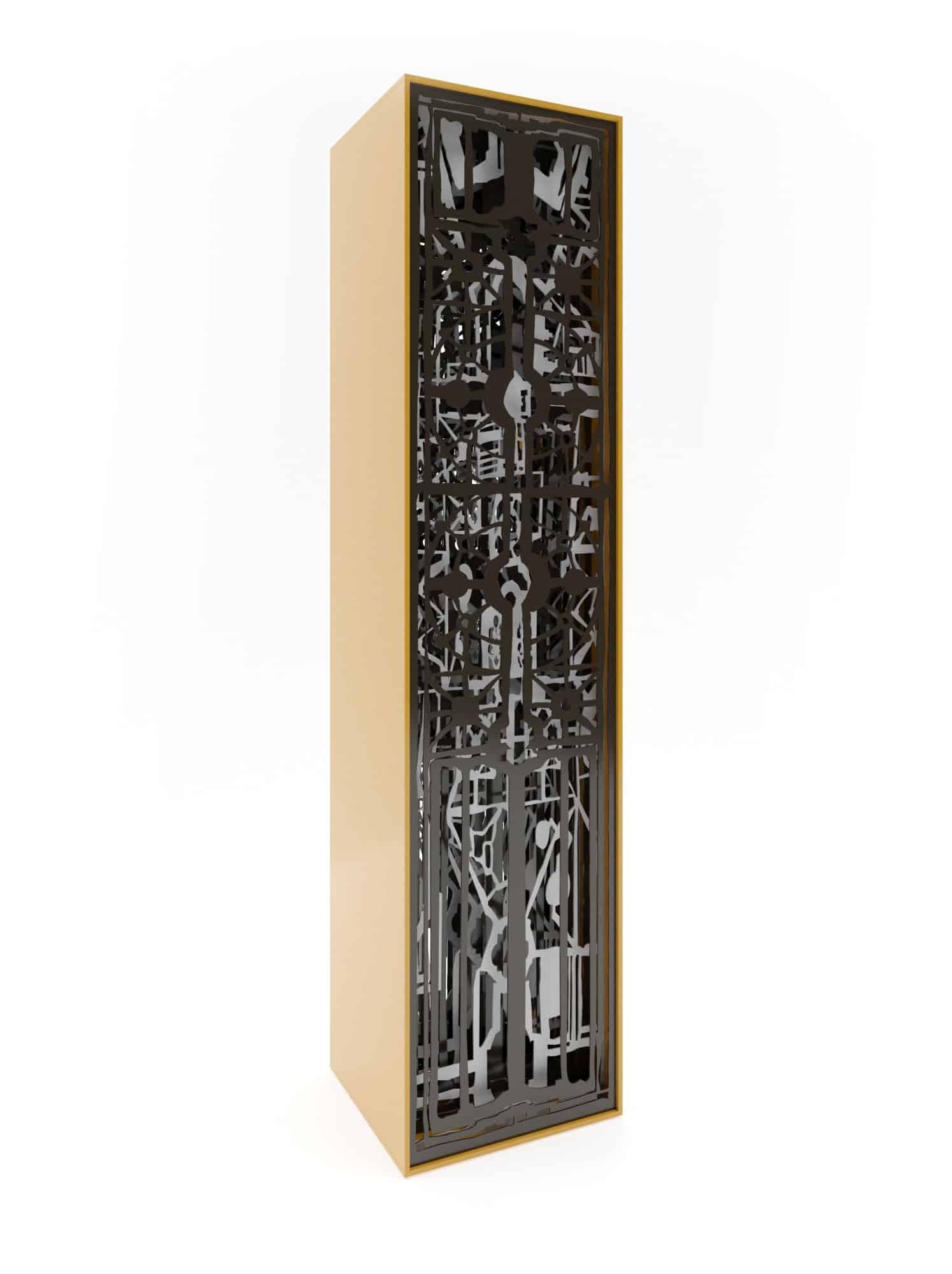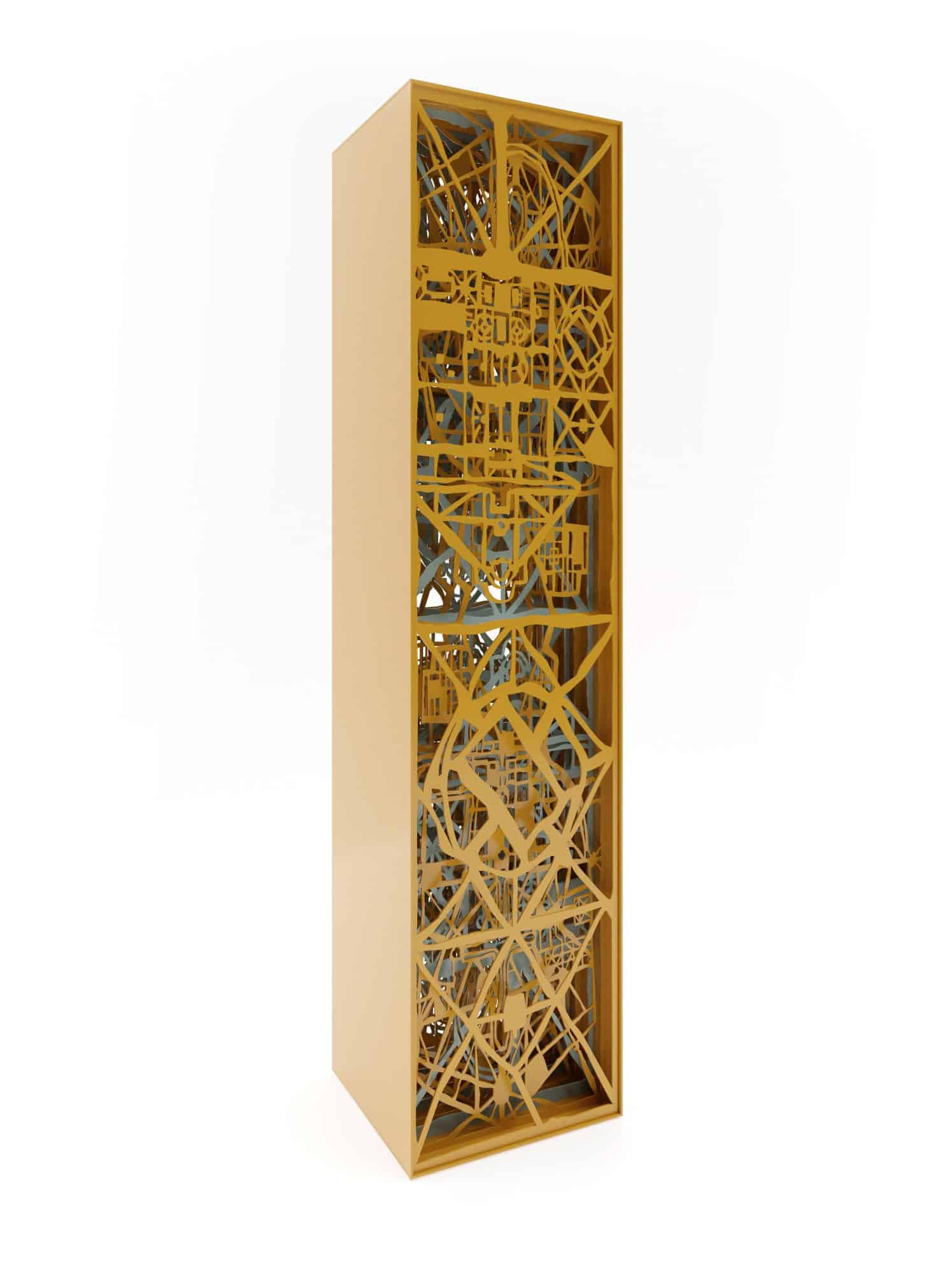For this exhibit, it is important to understand certain parts of an unfinished process, that is, an ongoing life practice. But what is life without consent, without the realization that we are in constant collaboration, even if we choose not to notice it? The Garden of Cyrus is an enticer of virtual togetherness, an attempt at utilizing digital art in a symmetrical way in order to work within a new world disorder. For this, Daniel Martin assimilated concepts he has always worked with, by further developing the complexity of his understanding. Emergences, virtuality, and assemblages, in the parlance of Deleuze and Guattari, today re-contextualized by Manuel DeLanda, are properties that are always in concatenation, objects which are interdependent. Social bodies are assemblages, just as groups of friends possess emergent properties, and the endless possibilities that they may achieve together, become their virtuality.
But what if we try to go even further in this quest for a common becoming?
What if our assemblage was built of anachronistic (chronologically inconsistent) objects?
In its early conception, the inspiration for The Garden of Cyrus, was taken out of a book written in 1658 by Sir Thomas Brown with the same title. In this esoteric text, there is talk of an ever-present entity throughout every single religion. This ontological category, resounded for Daniel, for he believes this essence can in fact be traced through every single being (alive or not). This sensibility is an important reason why this project is made up of an undeniably interdisciplinary nature, and perhaps not just that, but of an interdependent nature within the world.
Yes, The Garden of Cyrus is a digital show, but it hardly ends at that; it is actually an invitation for the spectators to become active collaborators and ultimately participants in an emergent creative process. The exhibit is a trick on perception and reality, for when becoming participants, we can become a whole that is made up of different levels of potency. Daniel is creating images that will become objects, which have the potential for being placed in virtually any space in the immediate future. The emergent properties of each piece are the possibilities that lie within the uncertainty of them actually becoming real. If purchasing one of the pieces, we yield an opportunity for giving something the chance to exist. In that sense, Daniel is not only forming pieces of physical and digital art, but more importantly, he is giving each participant the profound indulgence of collaboration with him, and within his works.
Today, we live in a hyper-accelerated, hyper-connected world, we live in a context where many forget that we are inter-dependent and collaborative creatures. Also, many times we tend to think that we are in control over other entities on the planet, deceived by modernist ideals of false ideologies which are structurally unsustainable. With The Garden of Cyrus, Daniel Martin aims at questioning these connections and their strange hierarchies, what if the artist is not a creator, but a facilitator? Furthermore, what if digital spaces can become tangible, what is the difference between the virtual and the real? These questions might never achieve sufficient answers, although I think we can agree that the process is just as important as the result. In this particular case, let us embark on a process within each other, a journey where more loose ends come and help us question how we can affect and be affected by everything that surrounds us.

